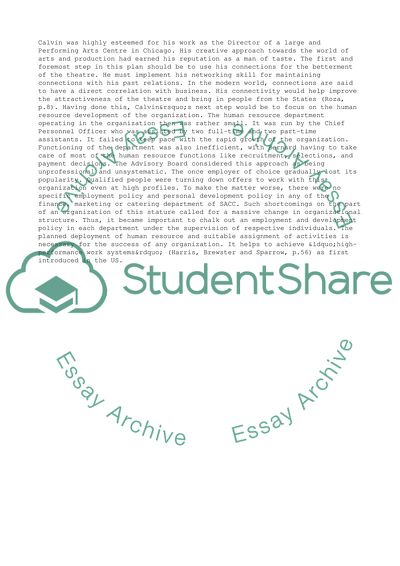Cite this document
(Managing Change and LeaderShip Term Paper Example | Topics and Well Written Essays - 3000 words, n.d.)
Managing Change and LeaderShip Term Paper Example | Topics and Well Written Essays - 3000 words. Retrieved from https://studentshare.org/management/1741048-managing-change-leadershipsalchester-arts-and-cultural-centre-sacc
Managing Change and LeaderShip Term Paper Example | Topics and Well Written Essays - 3000 words. Retrieved from https://studentshare.org/management/1741048-managing-change-leadershipsalchester-arts-and-cultural-centre-sacc
(Managing Change and LeaderShip Term Paper Example | Topics and Well Written Essays - 3000 Words)
Managing Change and LeaderShip Term Paper Example | Topics and Well Written Essays - 3000 Words. https://studentshare.org/management/1741048-managing-change-leadershipsalchester-arts-and-cultural-centre-sacc.
Managing Change and LeaderShip Term Paper Example | Topics and Well Written Essays - 3000 Words. https://studentshare.org/management/1741048-managing-change-leadershipsalchester-arts-and-cultural-centre-sacc.
“Managing Change and LeaderShip Term Paper Example | Topics and Well Written Essays - 3000 Words”, n.d. https://studentshare.org/management/1741048-managing-change-leadershipsalchester-arts-and-cultural-centre-sacc.


